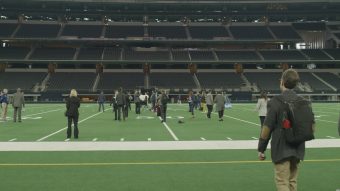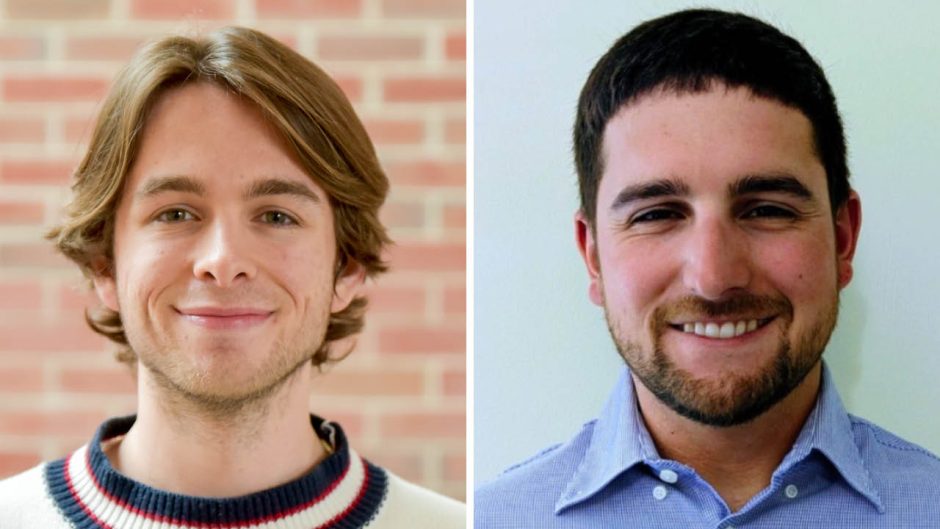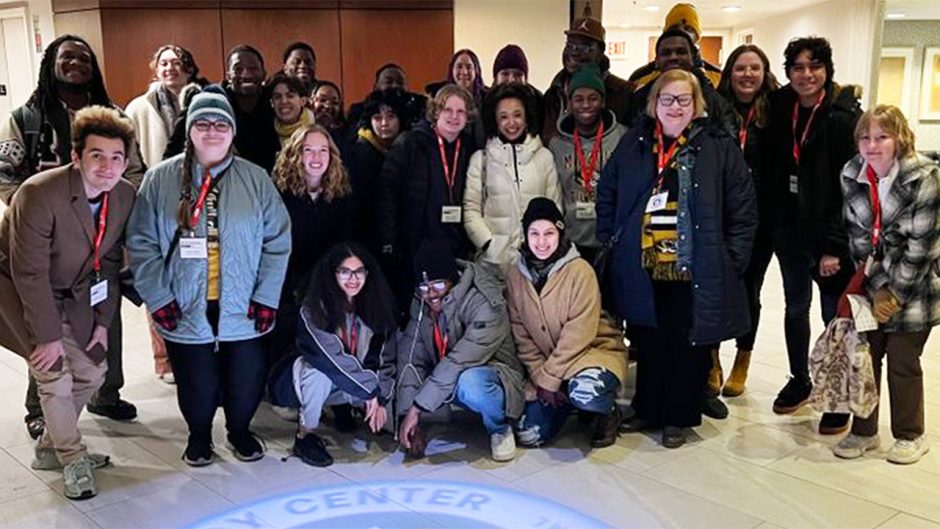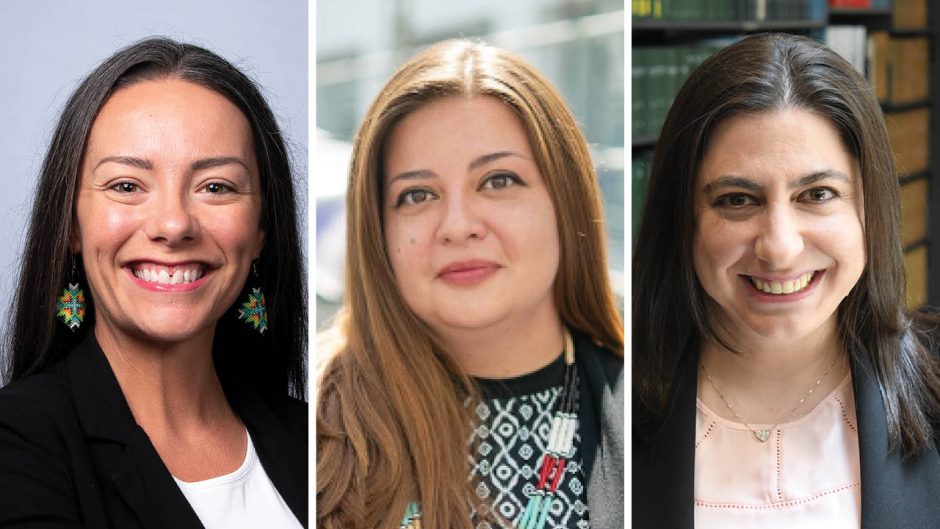May 12, 2020
This spring, University of Missouri students took part in an immersive 5G course in partnership with AT&T. The course, which kicked off the semester with a visit to the Dallas Cowboys’ 5G-integrated AT&T Stadium, allowed students to work together to harness 5G’s potential for complex problem-solving.
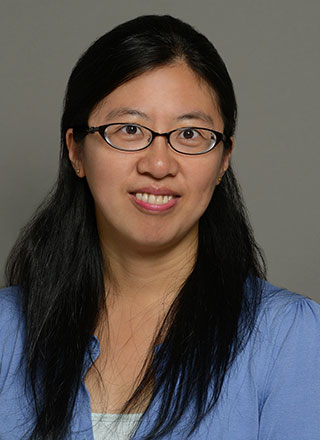
Fang Wang, an assistant teaching professor in MU’s College of Engineering, was one of the course's advisors.
Titled “Connectivity and 5G,” the course divided students into four teams tasked with preparing proposals for different possible applications of 5G, the fifth generation of mobile wireless systems. Each team was assigned one of four industries: Health care, sports, campus safety and higher education. Interdisciplinary by design, the course features students and teachers from architectural studies, business, engineering and journalism.
“I saw this as an awesome opportunity to learn practical, real world stuff that we don’t normally get to see in the classroom,” said Joe Hays, a junior majoring in IT and a member of the higher education team. “Using 5G experiences, we are able to see, do and interact with things in real time that we couldn’t ever do before.”
Hays’ team focused on implementing 5G in an academic setting, which ultimately resulted in a plan for creating a “flexible classroom” that would accommodate those who cannot physically attend or need to access university resources from anywhere.
“The most beneficial thing about this approach is that it allows for the most flexible learning environment,” Hays said. “No matter who you are or how you learn, you will likely find a method here that works best for you, as opposed to the traditional and very rigid system we have today.”
Another team focused on the health care industry, exploring the ways in which 5G can better integrate hospitals with the communities that need their services. Missouri has remained in the top 5 states with the most rural hospital closures since 2010, making it even more difficult for rural communities to access everything from EMS services to inpatient care.
Using 5G, the team proposed that mobile platforms, video and artificial intelligence technology could provide both patients and care providers with rapid, real-time feedback and improve existing remote care technologies. 5G would also allow hospitals to connect all their devices in a massive network that extends from the walls of the hospital to emergency vehicles and EMT workers. These strides could lead to a more seamless transfer of information across the various layers of the health care system, not only improving patient care but easing the burden on health care workers.
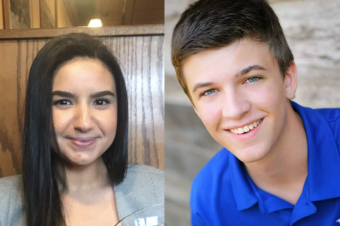
Students Yasmeen Taranissi and Joe Hays said they were excited for the opportunity to work with a future technology such as 5G.
Regardless of which team or academic discipline they belonged to, the students shared an understanding of the importance of 5G as an evolutionary step forward in mobile connectivity.
“5G will change the world as we know it, much like 3G transformed the world with the democratization of video,” said Yasmeen Taranissi, a senior double majoring in accounting and economics.
The students’ work culminated in a competition between the four teams, in which each team presented their ideas for integrating 5G with industry to a panel of judges from MU and AT&T. Though the health care team was crowned the winner of the competition, faculty advisor Fang Wang said every student who participated in the course came away with a valuable experience.
“The course places students at the front line of future technology,” said Wang, an assistant teaching professor in MU’s College of Engineering. “They conduct their own independent research, collect and analyze data, and come up with a data-driven solution. This not only prepares them to be content experts, but also allows them to grow into thinkers and innovators.”
Though the spring semester is coming to a close, the partnership between MU and AT&T is far from over. Jim Flink, an associate professor of strategic communication at the Missouri School of Journalism and one of the class’s advisors, said the class has been an overwhelming success, and MU and AT&T are at work developing plans for future collaborations.
“This course is a great example of the potential of partnerships between higher education and industry to promote innovation and student success,” Flink said. “MU and AT&T are at the forefront of innovation at a time when it is greatly needed, and we are putting students in the driver’s seat to engineer their own future.”

